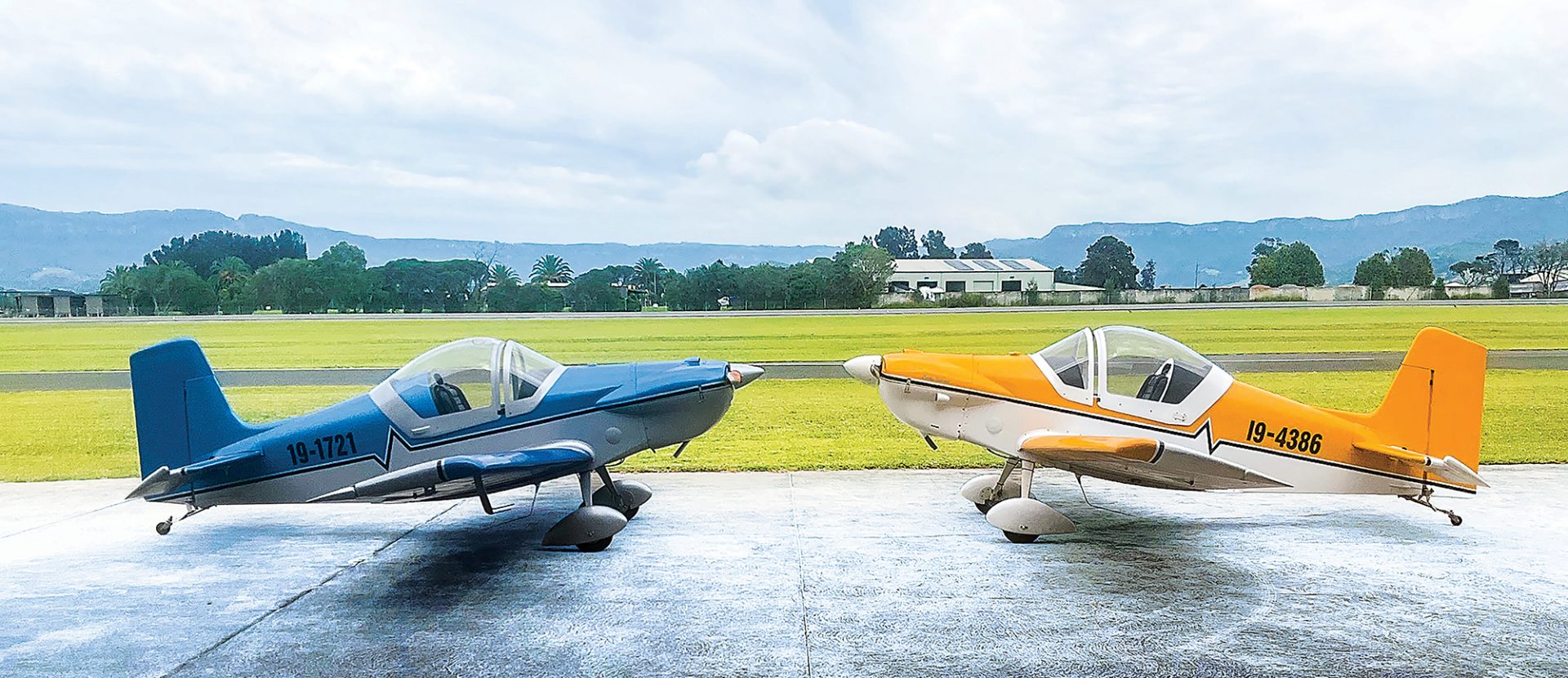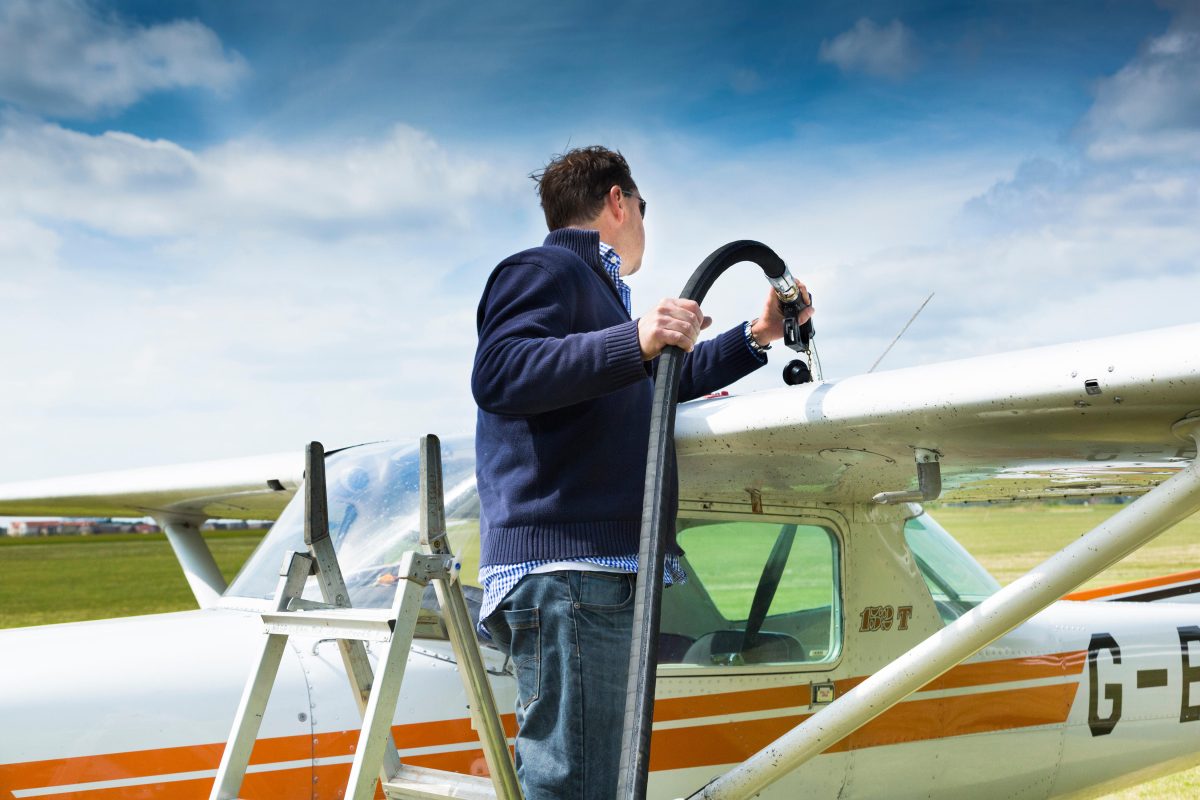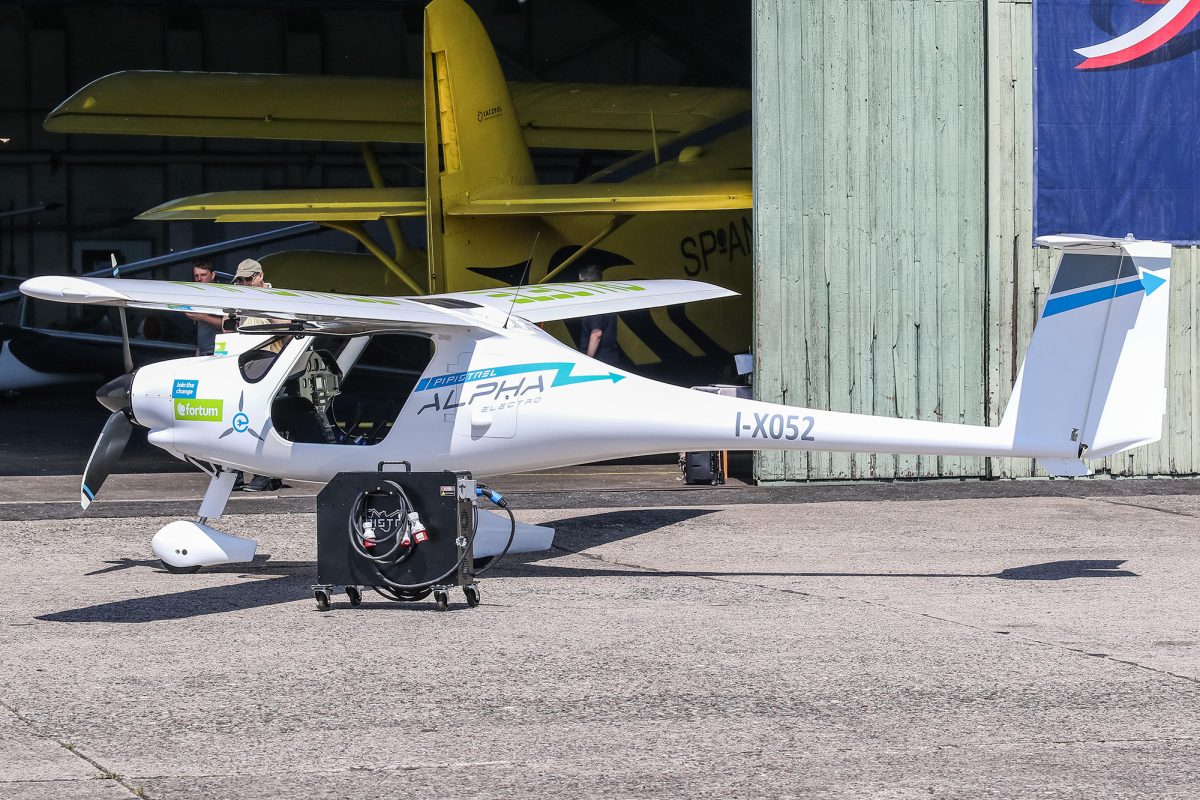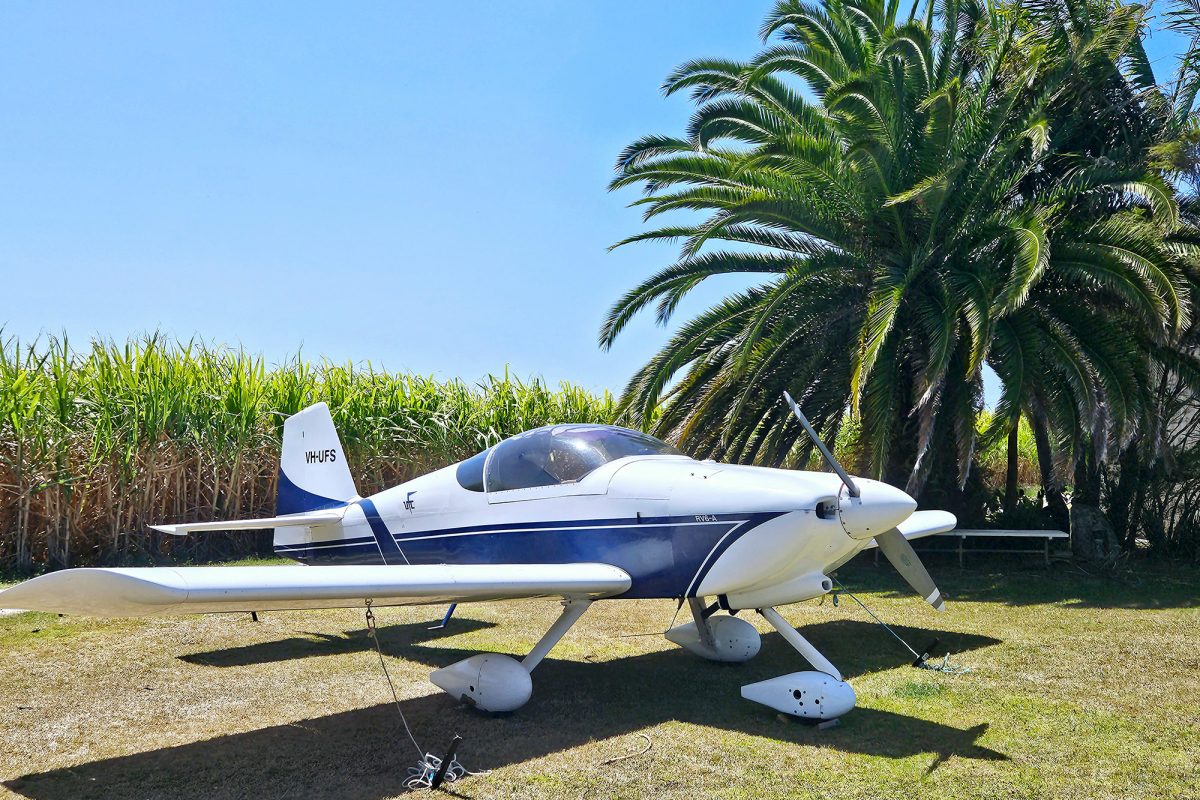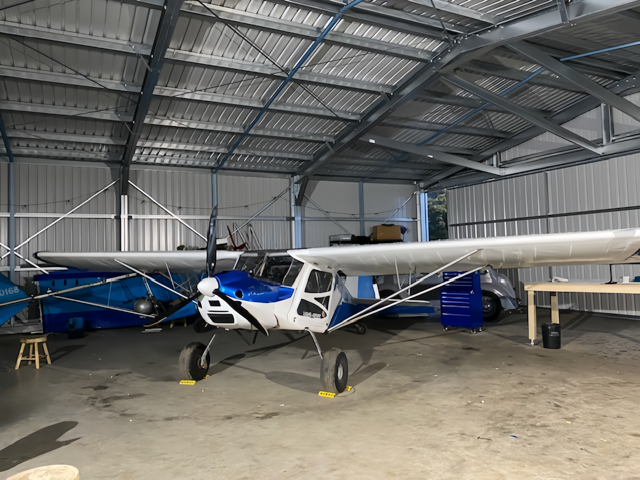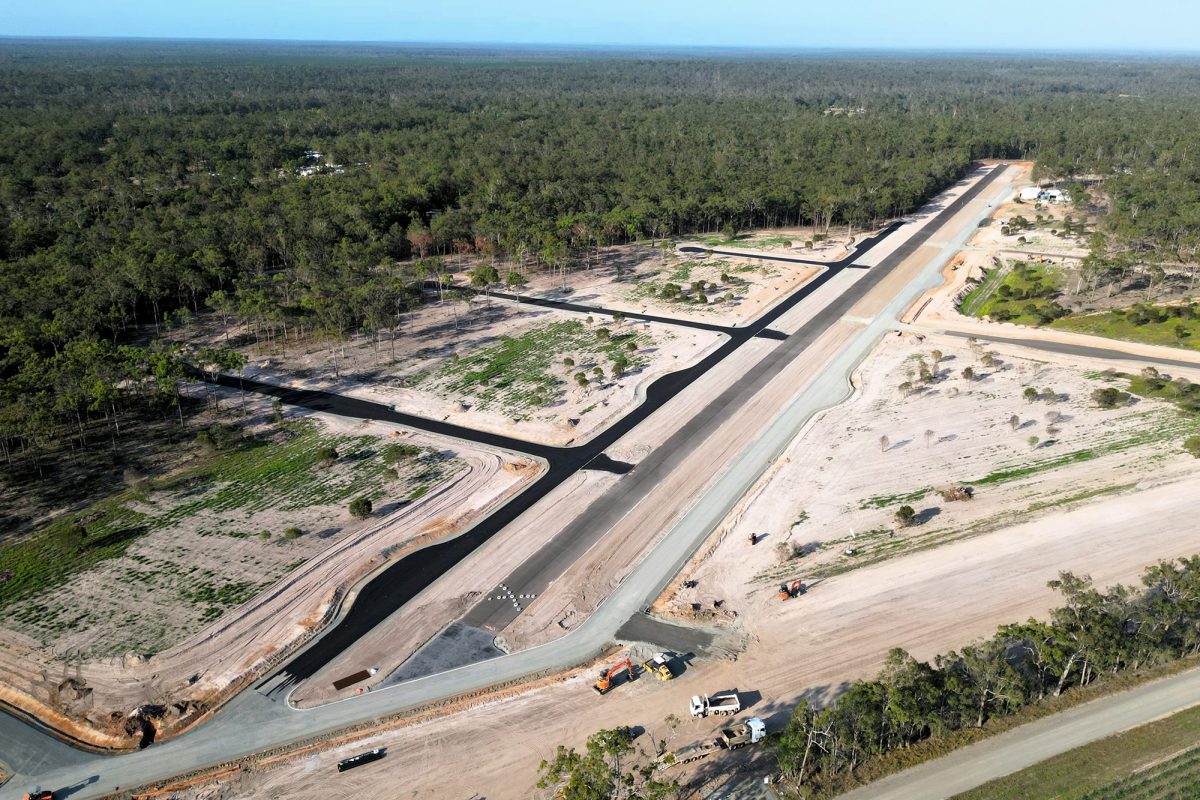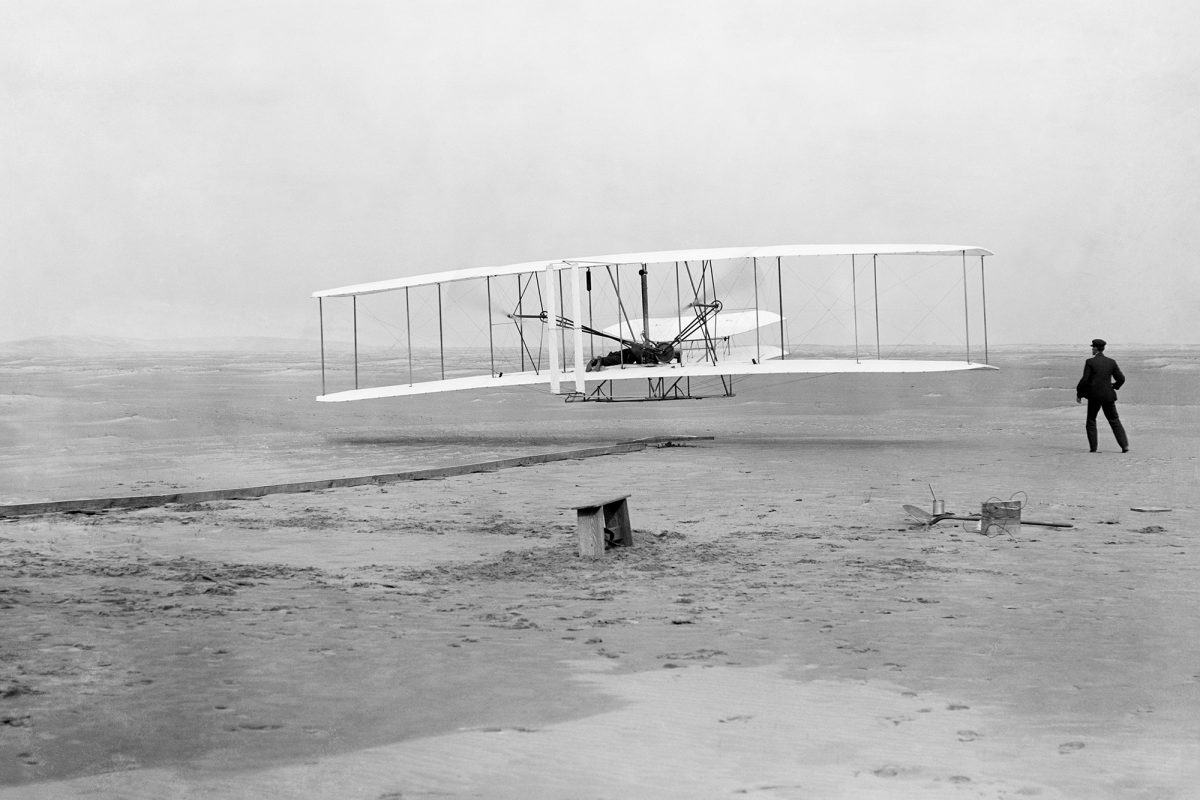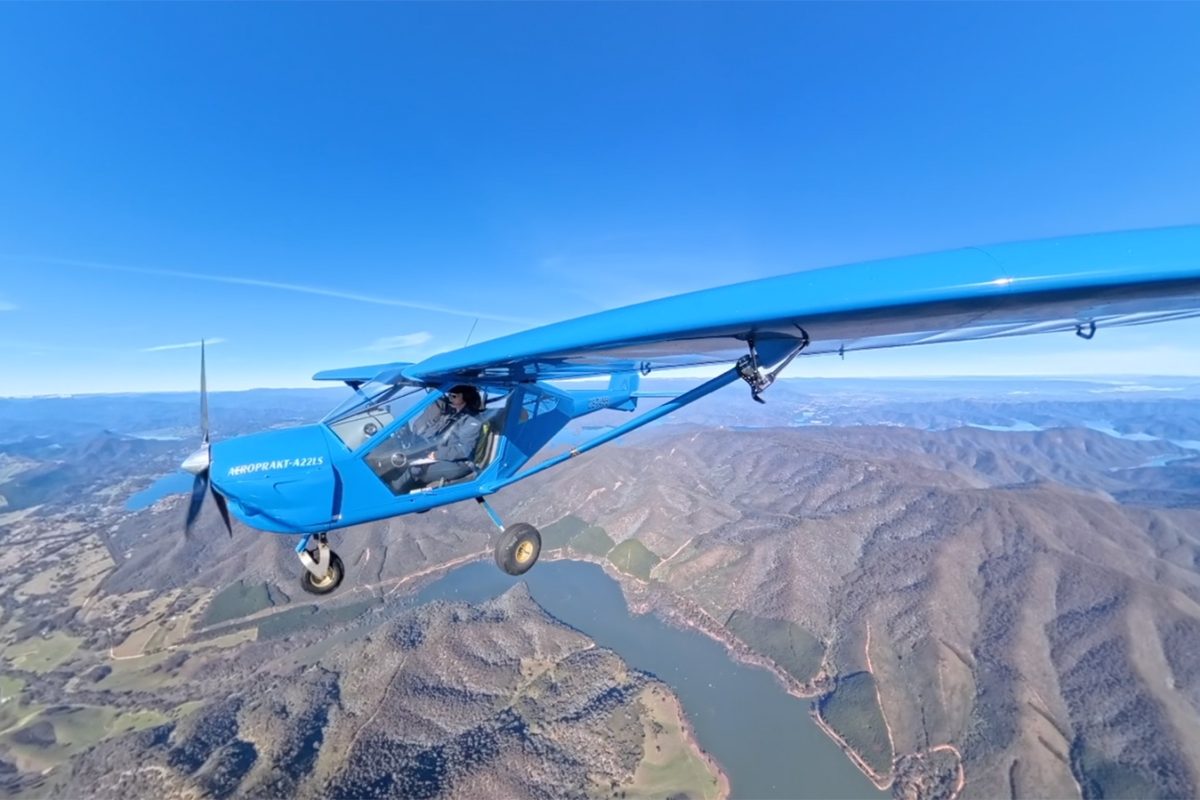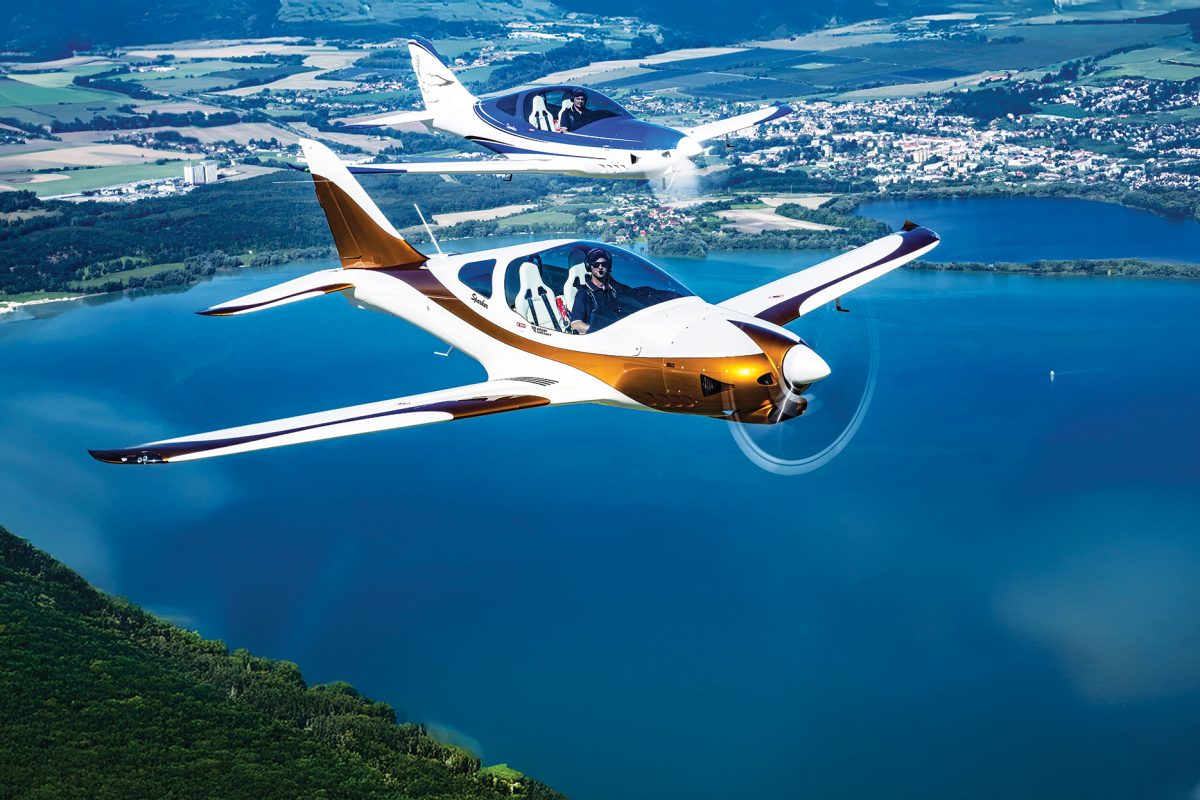DAVE SMITH’S LATE-BLOOMER CORBY STARLET
Most amateur aircraft builders know it takes years to build an aircraft. A kit-built aircraft is much quicker than a plans-built aircraft, but it still takes a certain dedication and commitment. Particularly so if you’re in your late 20s, have a spouse, kids, and a regular job, all of which rightly demand much of your time. Back in the 1970s I had all of the above, so my attempt at building a Corby Starlet from plans stalled. I gave it away, but never lost my love for the type.
The Corby Starlet is a very attractive single-seat, woodand-fabric aircraft, designed in Australia by John Corby more than 50 years ago. Some say it resembles the P51 Mustang. I’m told it even won the 1960 Australian Aerobatic Championships, for what that’s worth.
There are many examples in Australia, some VHregistered and some RAAus-registered. There’s also quite a number operating overseas.
The prototype Starlet used a 2-cylinder Agusta GA.40 engine, which soon gave way to the ubiquitous VW. It’s now often fitted with the Jabiru 2200, which gives the aircraft quite impressive performance. In October 2015, fifteen starlets flew into Echuca to celebrate with John Corby, 50 years since the type first took to the air.
Having never lost interest in the type, I acquired a Corby Starlet in 2014 that had been built in Tasmania (then registered VH-JRR now 19-4386). I did some upgrades, but it was not the same as building an aircraft myself.
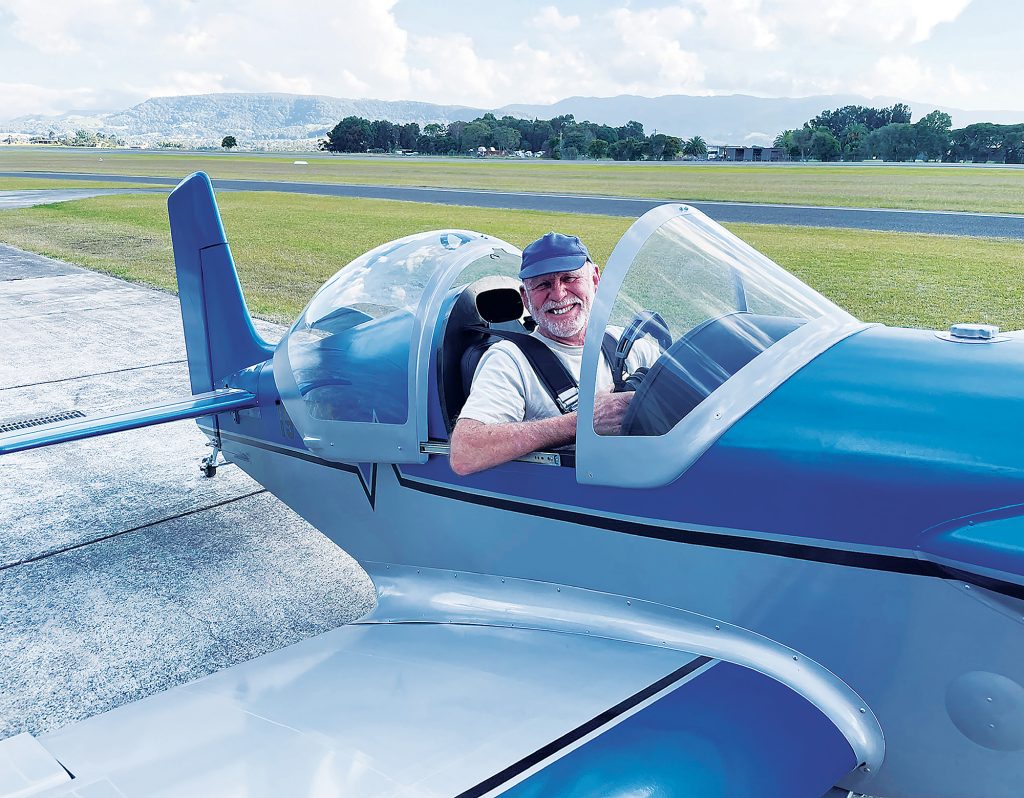
Being in my early 70s at the time, it was impractical to start from scratch, so I set about looking for a partially-built Starlet which I could claim to have finished building myself.
With the help of Norm Edmunds, the Australian Corby Starlet guru, I located a Starlet project in Kyneton, Victoria. Plans had been purchased in 1985 by Owen Cowlishaw and construction started in 1987. Owen’s work record shows 1460 hours up to the first stage inspection in Nov 1992. In January 1995 it was inspected again before the wings and tailplane were cleared for covering. The build record shows 2360 hours had elapsed, and it was maybe 60% complete.
Work then stopped for 9 years until January 2004 when the project was taken over by Ken Morris, a maintainer and RAAus member. Ken fitted control cables and did the coverings. The record shows he stopped work in June 2004. Sometime afterwards it was moved to Kyneton in Victoria where, 14 years later in November 2018, it came into my possession thanks to Norm Edmunds.
I now owned one and three-quarter Starlets. Sometimes called a barn find, what I purchased included everything needed to finish the aircraft. New 2003-built Gen 1 Jabiru engine still in the box, a new propeller, some instruments and an ancient set of drawings that resembled the Dead Sea Scrolls. It also included the build record, photos at various stages, lots of notes for Starlet builders, fuselage on wheels, and plastic bins full of parts. The wings, tailplane, ailerons and rudder had all been inspected and afterwards covered in Stitts polyfibre fabric with the protective silver coating applied. I’d say it was 80% finished, so as amateur builders typically say, I only had 80% to go.
I didn’t rush to finish the build as I had a Starlet in the hangar to fly when the weather was good. It’s handy too, to have a sample aircraft to look at – particularly firewall forward.
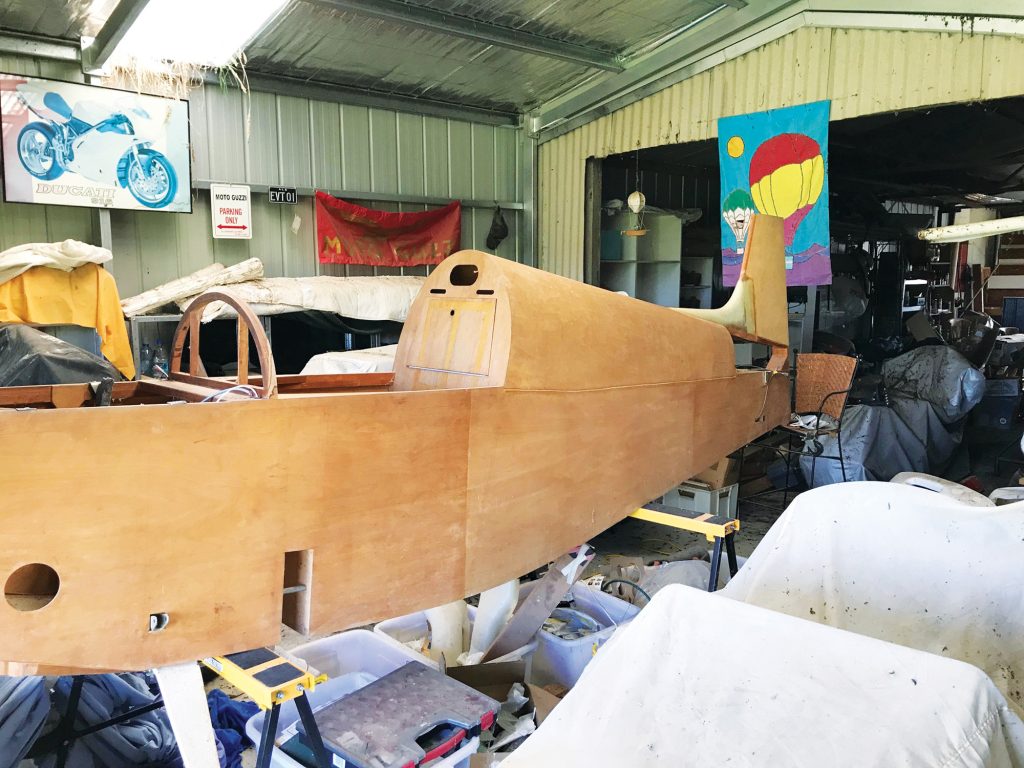
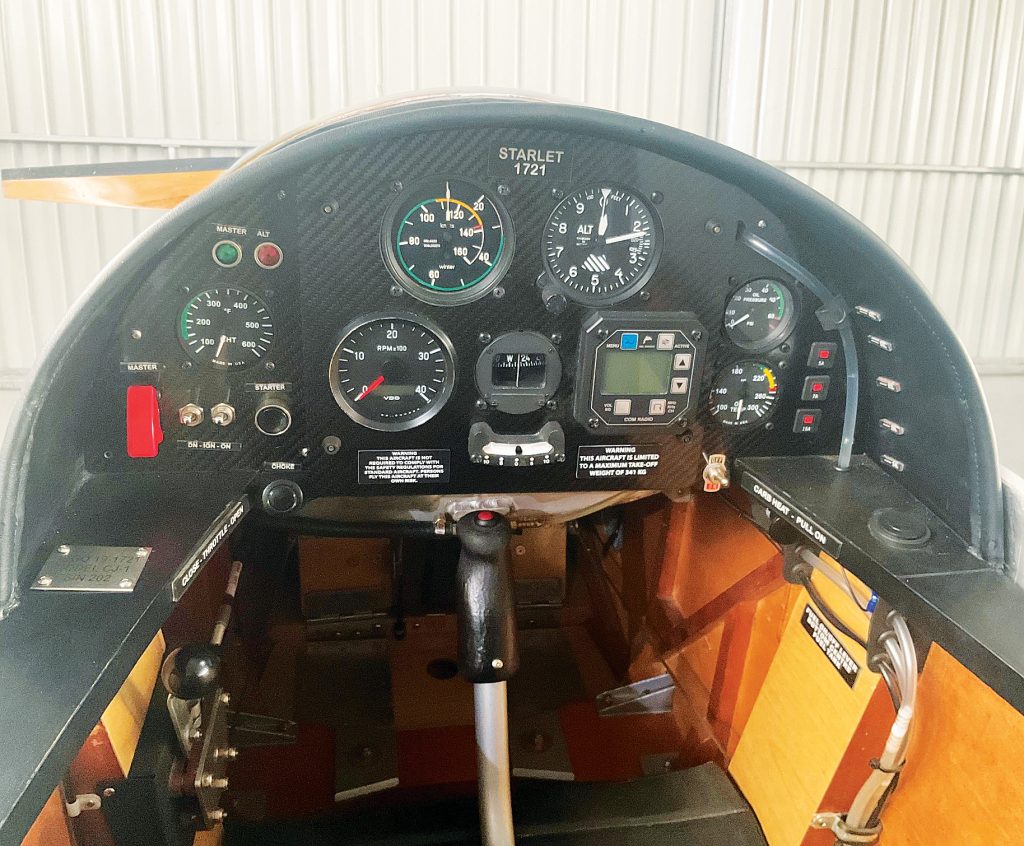
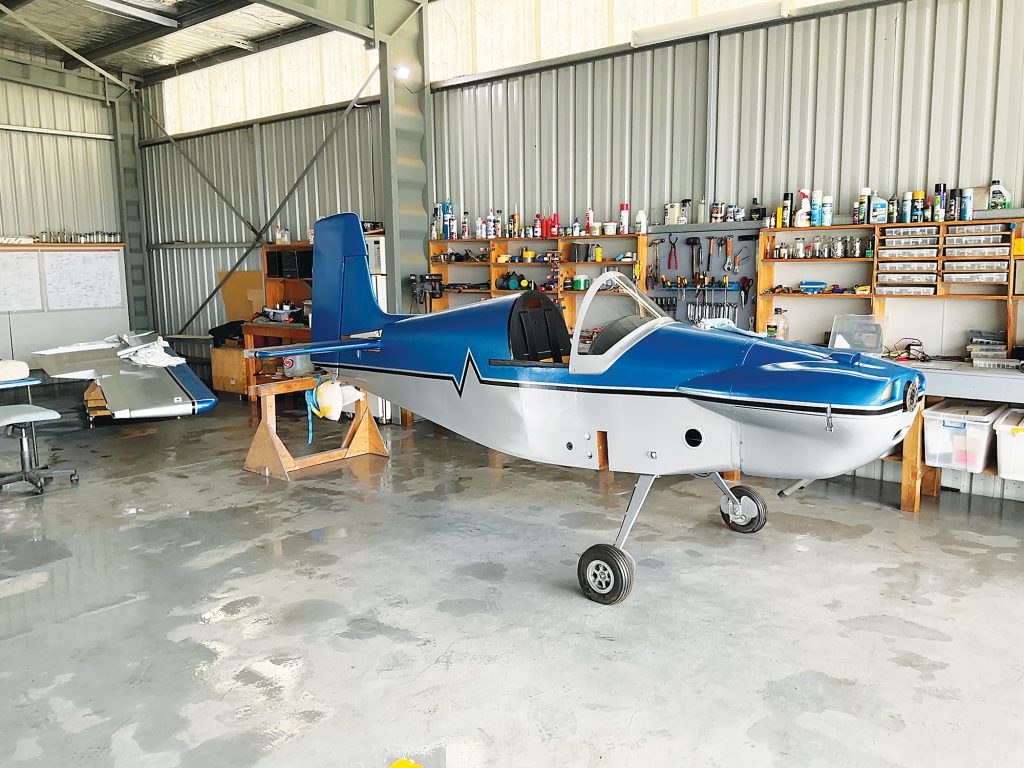
Jabiru Aircraft were selling engines, cowls and engine mounts to Starlet builders, so some quite detailed third-party drawings were available to assist builders like me. I ended up making this one an exact replica of my other Starlet. The only difference being the paint, where I used the Stewart System water-based paint, with my two favourite colours – metallic blue and silver.
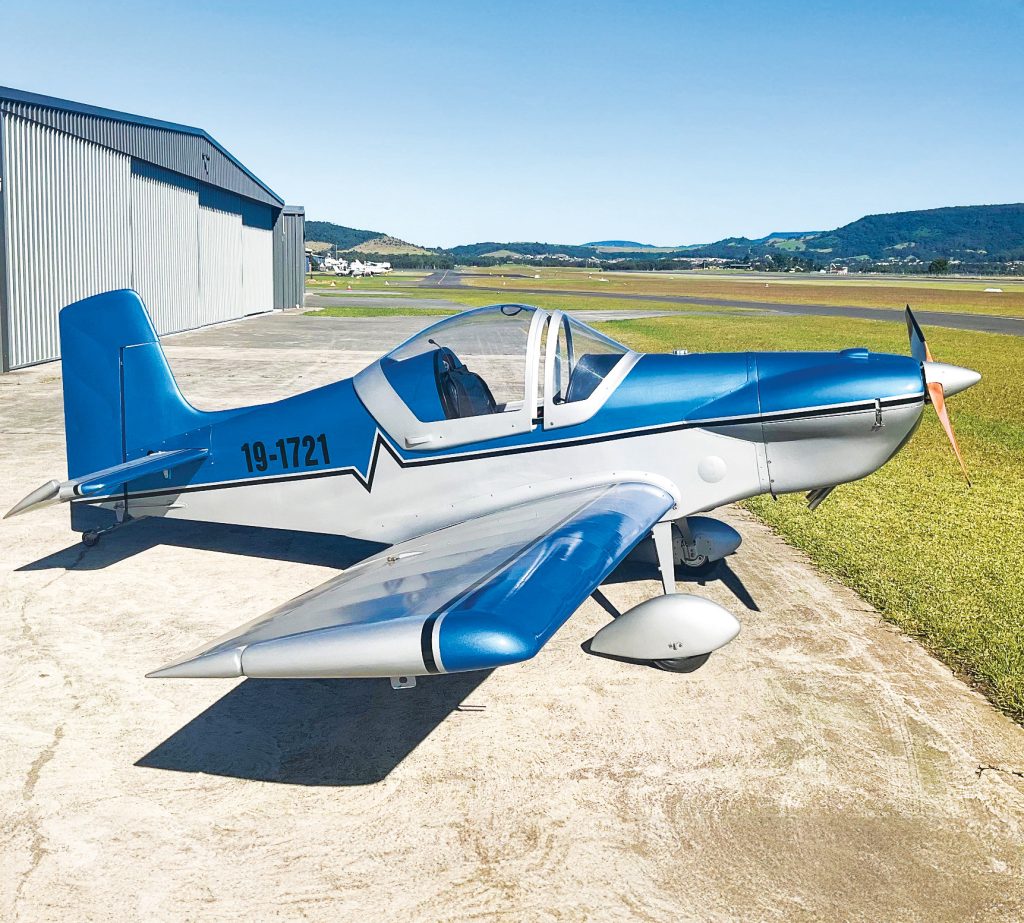
Nicola Pearson from RAAus shepherded me through the process of filling out the many forms. Weight and balance seemed a challenge, but I found help from Russ and Terry Pollock. Later I learned that Rob Pigott not far away in Goulburn had calibrated scales, software and the necessary CASA approval to sign off the work. This turned out to be very convenient. Fast forward to Good Friday 29 March 2024 and Pablo Depetris from Wedderburn did the final inspection at Shellharbour Regional Airport. Nicola confirmed the documentation was now complete and my application was now in the hands of ‘The Manager’. Just days later, Jared Smith from RAAus rang me to say he was issuing my Permit to Fly. At this point the message is don’t rush. Some more ground engine runs, taxiing about to get used to the rudder pedals, tweaking the brakes and waiting on the weather gods. Three-weeks later saw it leave Mother Earth for the first time at 3:30pm on 19 April 2024.
The next few months will see it put through its paces. The Permit to Fly requires remaining within 25nm of my home airport and 25 hours of flight testing. This includes testing its longitudinal and lateral stability, controllability and manoeuvrability, the stall in various configurations, take-off and landing distance, best climb and best glide using the RAAus Flight Test Guide for Amateur Built Recreational Aircraft booklet.
From when the plans were purchased in 1986 to its first flight this year has been 38 years! Now that’s a long gestation period. I doubt many other build projects have taken that long. While the Corby Starlet may take years to build, it is a very attractive little aircraft and a joy to fly. If you don’t have nearly four decades to spare, flying Corby Starlets do come up for sale from time to time!
